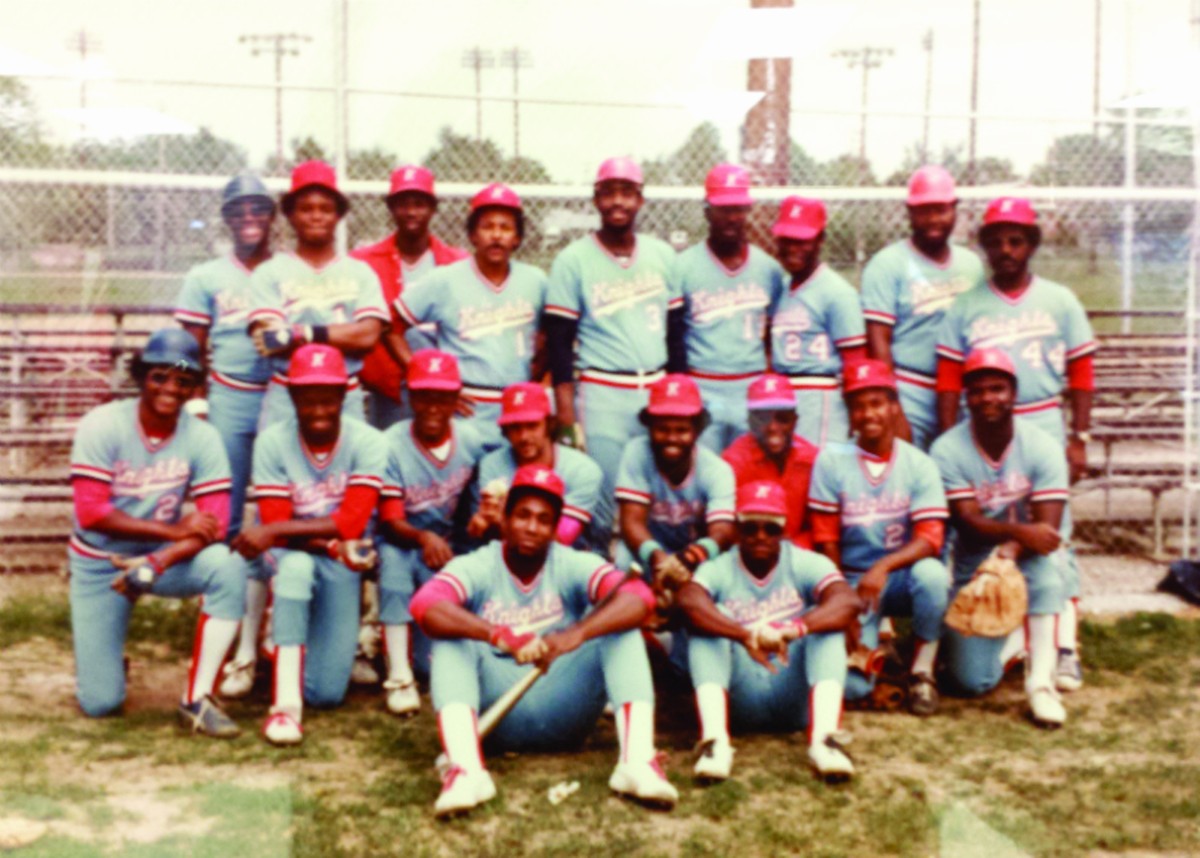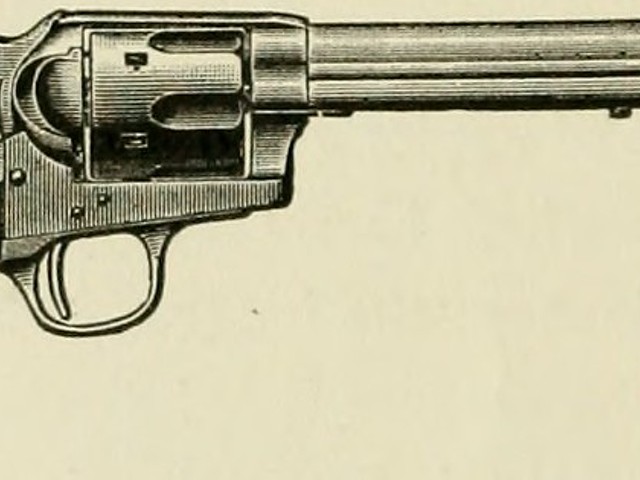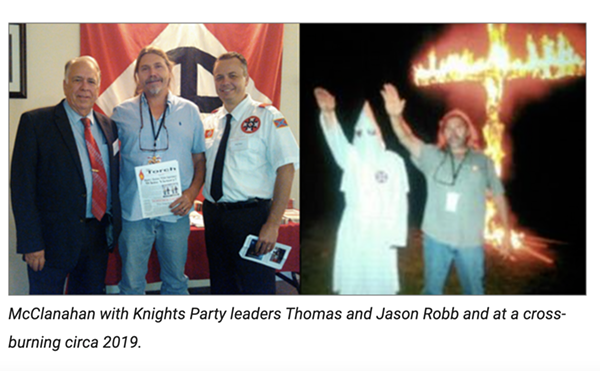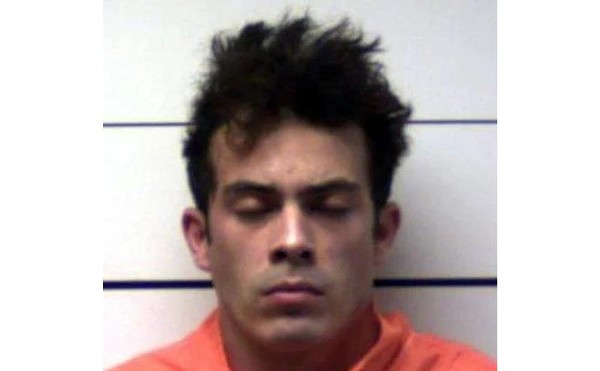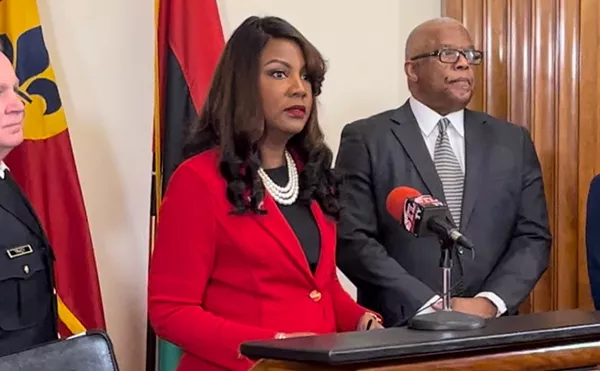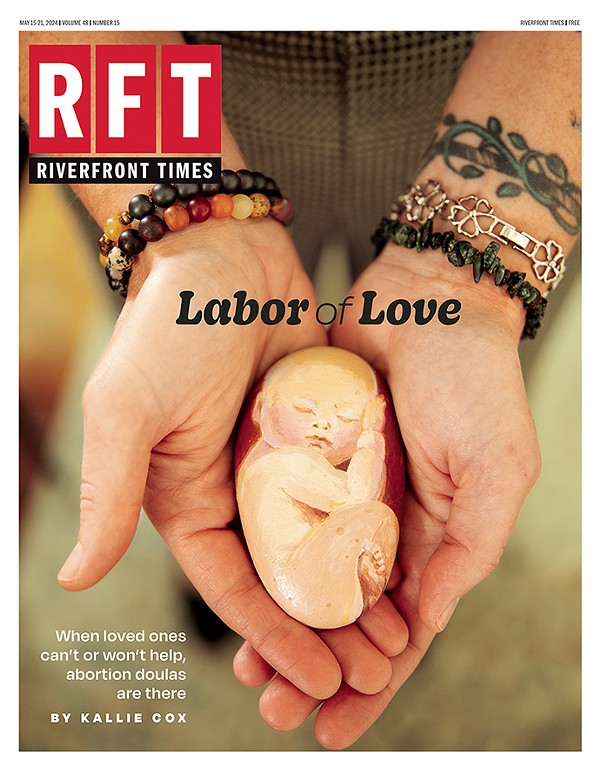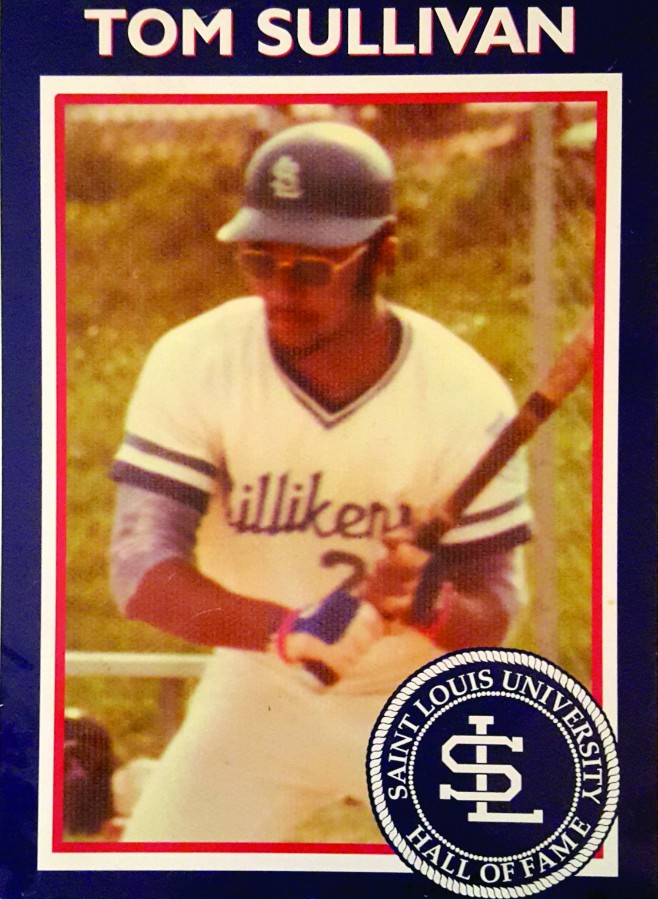
On the field and on the bench with Sullivan that day in 1977 were some old-timers, relatively speaking. These were men, a decade or more older than him, whose pedigree went all the way back to the founding of the club. They included brothers Barry and Herman Shelton, who played third base and right field respectively; first baseman Garland Goodwin; second baseman John May; catchers Curtis Edwards and Rodney Epps; pitchers John Bernard, Billy Westbrooks and Clarence Deloch; manager Osbie Savage; and coach Frank Robinson. There were 21 men who participated that day. Thirteen would later be inducted into the St. Louis Amateur Baseball Hall of Fame.
The old-timers were the kids who got going with baseball in the late 1950s. They used to gather on Mathews’ front porch in the Ville and ask him to come out and play. Mathews, a former semi-pro player, was supporting a wife and five daughters, and working a day job. But somehow he found the time, taking them to Public School Stadium or Handy Park and hitting fungoes ’til it got too dark.
One afternoon around that time, Raymond Turner heard about one of the practices. He hopped on his bike with his fielder’s glove and catcher’s mitt on either handlebar and a bat balanced between them. “As soon as I rode up, I knew I was on the team,” Turner laughs during an interview. That’s because Turner had some equipment. A lot of the boys didn’t.
After practice, as Turner recalled, the boys gathered around Mathews and wanted to know if they were ever going to get some uniforms that would make them look as good as the white teams they were going to play.
“If you were on a team, you had to have a uniform,” Turner recalls. “That was a big thing.”
The kids would beseech their coach and mentor: “Please, Mr. Mathews, can we get uniforms? We’ll even wear used ones.” Mathews scratched his head. “Even then, just thirteen years old, I could tell he had no idea how he was going to come up with those uniforms,” Turner says.
But that’s not what Mathews said. “Of course you’re going to get uniforms,” he told the boys. “And they’re going to be new.”
Well, says Turner, “when we played our first game, we not only had new uniforms with blue caps, we had new bats and balls. I don’t know how he pulled it off, but he did.”
Turner, the Sheltons and Curtis Edwards came from two-parent families. But their dads worked hard, sometimes at two jobs, and couldn’t always spend time with them. Mathews filled a void. And the dads appreciated it.
When they could, they would turn out to help coach or they would fire up their grills on street corners to barbecue meats that their sons would hawk to passersby. This in large measure was how Mathews got the dough to pay for the bats, balls, gloves and uniforms.
Edwards got a catcher’s mitt. His dad worked with a forklift at F. Burkart Manufacturing Company, where he got to know Mathews, who was a supervisor. Edwards’ mom worked a mop and a broom overnight at a couple of office buildings on the west side of town, returning home in the early morning to get her kids ready for school. Edwards attended Hadley Tech. In the spring, Edwards played for Hadley Tech, and in the summer for Mathews-Dickey.
He was a five-tool ballplayer, meaning he could run, throw, field and hit for average and power, Mathews remembers. “One of the best ever to play the game.” And he did so well into adulthood as Mathews-Dickey fielded an elite semi-pro team that would become the Knights.

